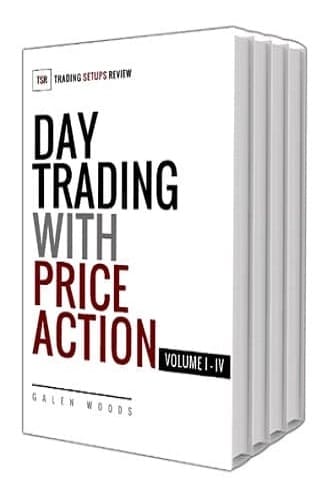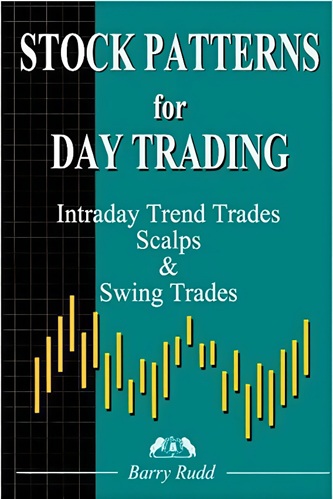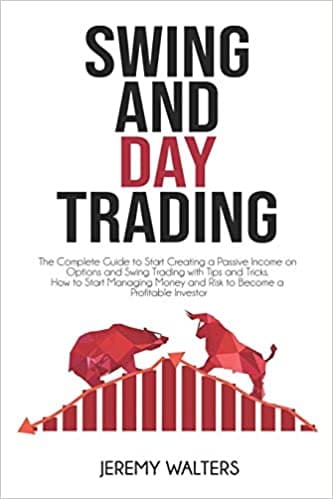Day Trading with Price Action Course By Galen Woods
$169.00 Original price was: $169.00.$41.20Current price is: $41.20.
| Author(s) | |
|---|---|
| Format |
|
| Pages |
819 |
| Publication Year |
2014 |
Day trading is the buying and selling of financial instruments within a trading session. In its strictest sense, all trading positions must be closed before the end of each trading session. Financial instruments refer to anything that trades in financial markets. Common examples are stocks, options, futures contracts, and spot forex.
The objective of day trading is to make money. You might think that I am stating the obvious. But trust me, most traders forget this obvious goal. As they trade, they grow to like the feeling of winning more than actually making money. Reminding traders that making money is their goal is formally known as trading psychology. Get 5 PDF Course Books that cover everything from price trends to price action patterns.
- Volume I – Market Perspectives
- Volume II – Market Bias
- Volume III – Price Patterns
- Volume IV – Positive Expectancy
- Indicator Manual
Introduction:
You’ll learn how to analyze, protect, and improve.
Analyze Price Action:
- Identify price swings and draw trend lines objectively
- Track price momentum with swing pivot analysis
- Analyze the market bias with trend lines and price flow
- Define congestion zones precisely and take advantage of them
- Enter the market at short-term turning points
- Select high probability setups
Limit Your Risk:
- Limit your losses with logical stop-loss methods
- Secure profits with reliable price targets
- Aim for positive expectancy in your trades
- Determine your safe position trade size
- Manage the business risks of trading for a living
- Maintain trading discipline with a practical action plan
Improve Your Trading:
- 7Hone your discretionary trading skills systematically
- Keep useful trading records to improve your trading edge
Contents:
Volume I – Market Perspectives:
- Introduction to Day Trading
- What To Expect From This Series?
- How To Day Trade?
- What to Trade?
- What Do You Need?
Volume II – Market Bias:
- Finding a Tradable Time Frame
- Swings
- Trend Lines
- Evaluating Market Bias
Volume III – Price Patterns:
- Congestion Break-out Failure
- Congestion Zone
- Trend Bar Failure
- Deceleration
- Anti-Climax
- Pressure Zone
- Anxiety Zone
- Weak Pullback
- High Quality Setups
- Tracking Market Bias with Trading Setups
- Re-entries
- The Meaning of Form
Volume IV – Positive Expectancy:
- Introduction to Positive Expectancy
- Stop-Loss
- Targets
- The Meaning of Likely
- Achieving Positive Expectancy
- The Analytical Cycle
- A Risk-Based Approach to Trading
Indicator Manual:
- NinjaTrader
- Indicators
- Chart Template
- Market Analyzer
- Price Action Time-Frame Index (PATI)
- Reward-to-Risk (R2R) Indicator
- Congestion Zone / Break-out Failure
- Trend Bar Failure
- Deceleration
- Anti-Climax
- Pressure Zone
Day Trading with Price Action Course By Galen Woods pdf









